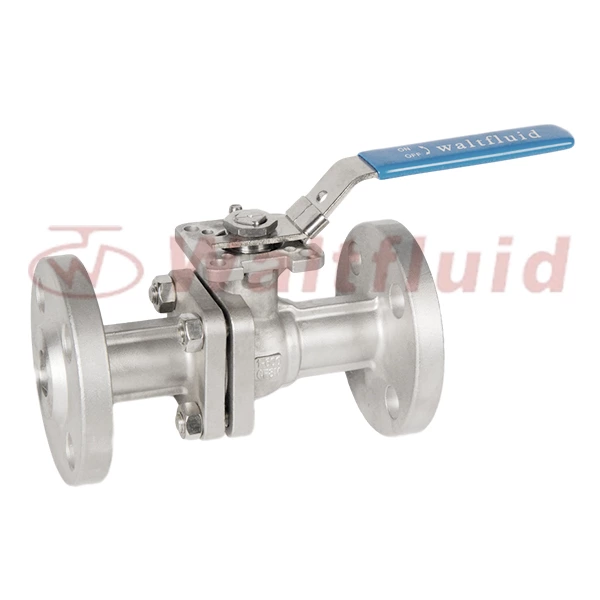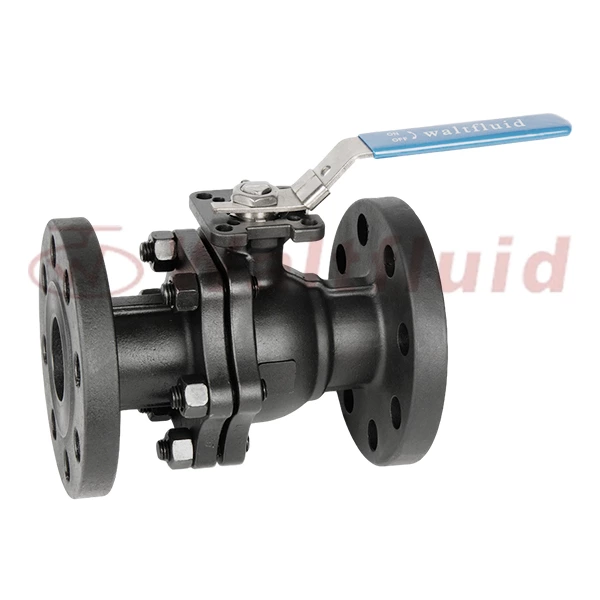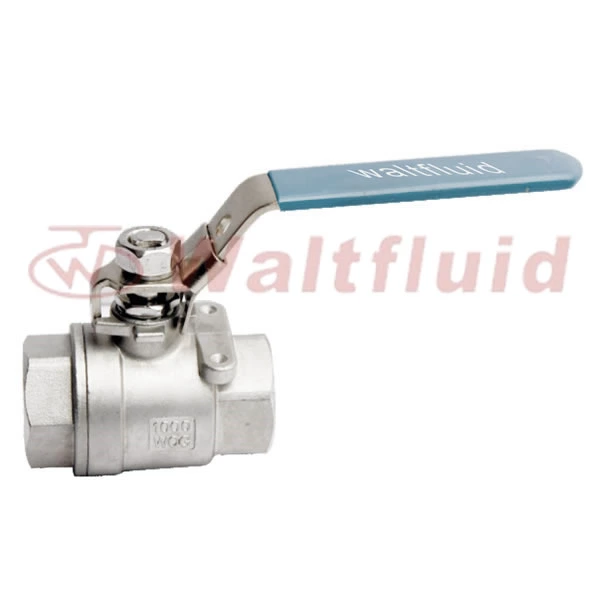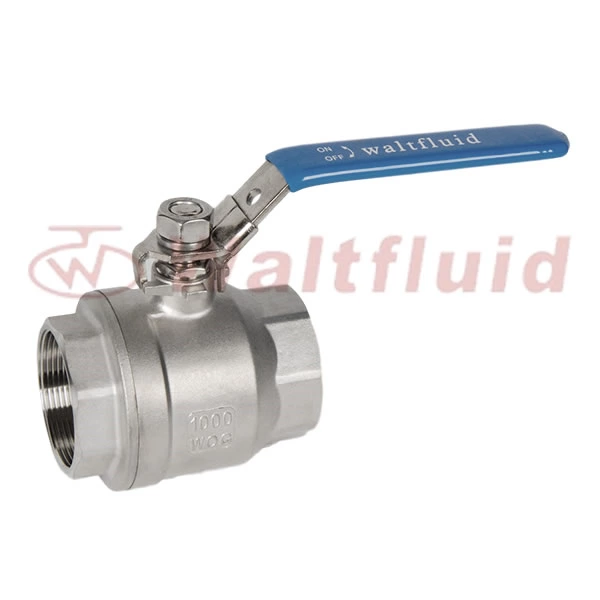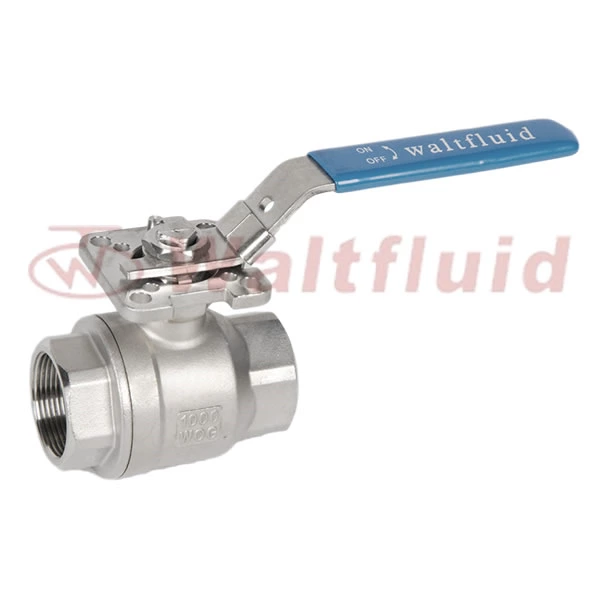What Are The Differences Between The Split And Integral Types Of Thermal Insulation Ball Valves?
First of all, 2 Piece Ball Valve is also called a jacketed ball valve. The purpose of using a jacket on the outside is to keep warm. In addition to the normal production process, a metal jacket is welded on the basis of the ball valve to inject steam or other heat-insulating and cold-insulating media to ensure that the medium in the valve can work normally. Because the insulation ball valve has good insulation and cold-insulating characteristics, and because the valve diameter is consistent with the pipe diameter, it can also effectively reduce the heat loss of the medium in the pipeline.
Secondly, the insulation ball valve can be mainly divided into several structural forms such as integral (also called one-piece) insulation ball valve, two-piece insulation ball valve, and wafer insulation ball valve according to the different structures of the ball valve. There will also be differences in the structural form. The split insulation ball valve, also called the semi-jacketed ball valve, is characterized by not having to increase the flange and saving costs, but part of the valve body will not be in the insulation jacket. The one-piece insulation ball valve protects the entire ball valve in the jacket, which results in a large flange, usually two specifications larger than the valve. At the same time, it also increases part of the production cost. Currently, it is used in various systems such as petroleum, chemical, metallurgy, pharmaceutical, and food in the market. It can transport high-viscosity media that solidify at room temperature.
In general, it is still necessary to decide which one is more suitable based on the needs of the usage scenario, so that the product can reflect its function and value.
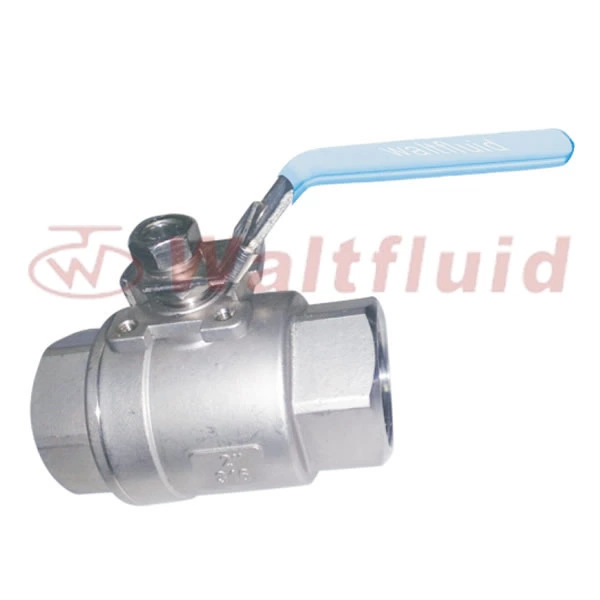
 English
English 中文
中文 Pусский
Pусский  Español
Español
